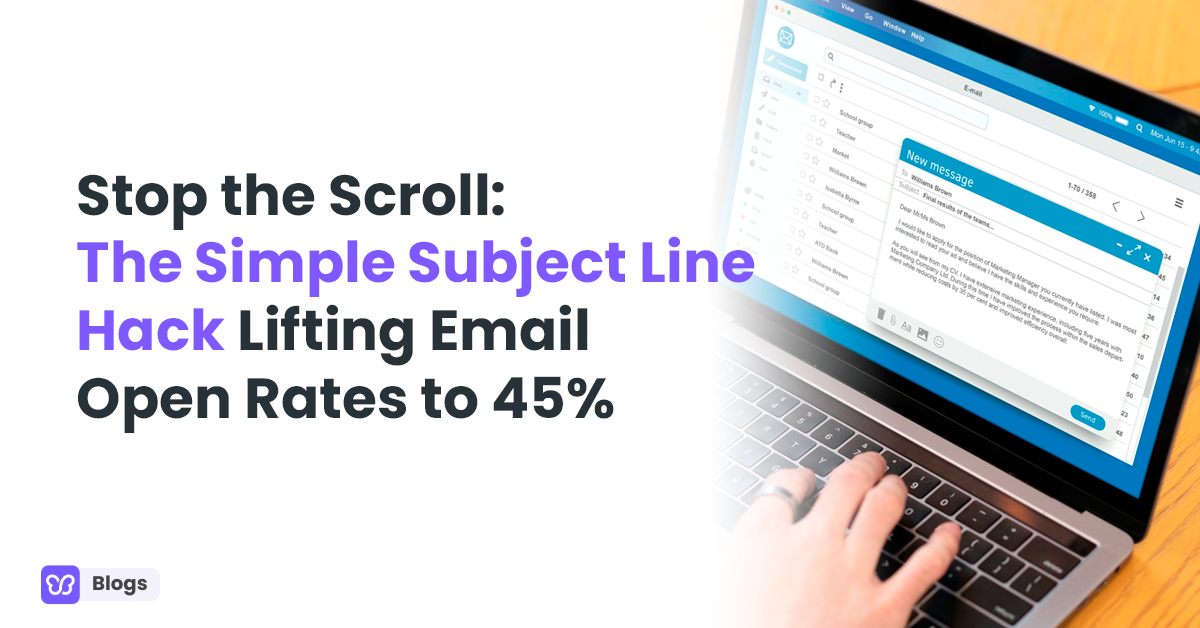The Power of Accessible Marketing
In conclusion, accessible marketing, along with a strong focus on user-generated content (UGC) for eCommerce businesses, isn't simply a matter of compliance; it's a commitment to inclusivity and providing equal opportunities for all. This strategic imperative, coupled with UGC, has the potential to yield numerous benefits, including legal protection, an expanded customer base, an enhanced user experience, improved SEO performance, a positive brand image, and a competitive advantage.
By prioritizing accessibility, businesses can pave the way for sustainable growth and success in Today's highly competitive ecommerce landscape.
Closing Thoughts
In closing, accessible marketing is not a trend that will fade away; it's a fundamental shift in how businesses approach their digital presence. It's a commitment to ensuring that no one is left behind in the digital age, and it reflects a business's dedication to inclusivity and equality. As businesses increasingly recognize the importance of accessible marketing, it's clear that this approach isn't just relevant; it's essential for thriving in Today's diverse and competitive marketplace.
So, take a step towards accessible marketing today. By doing so, you're investing in your business's future success and contributing to a more inclusive and accessible digital world for all.







